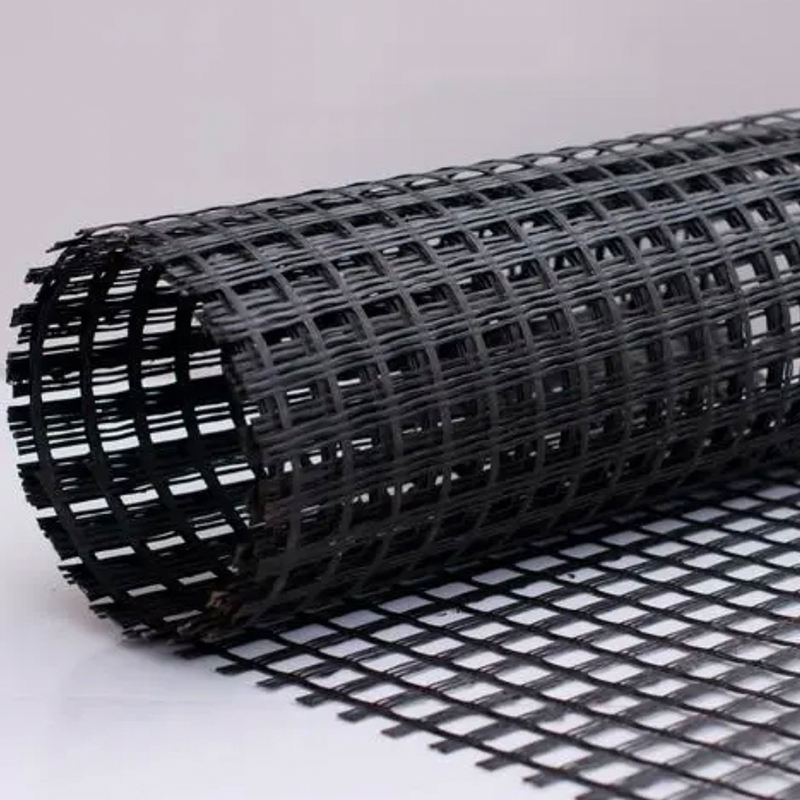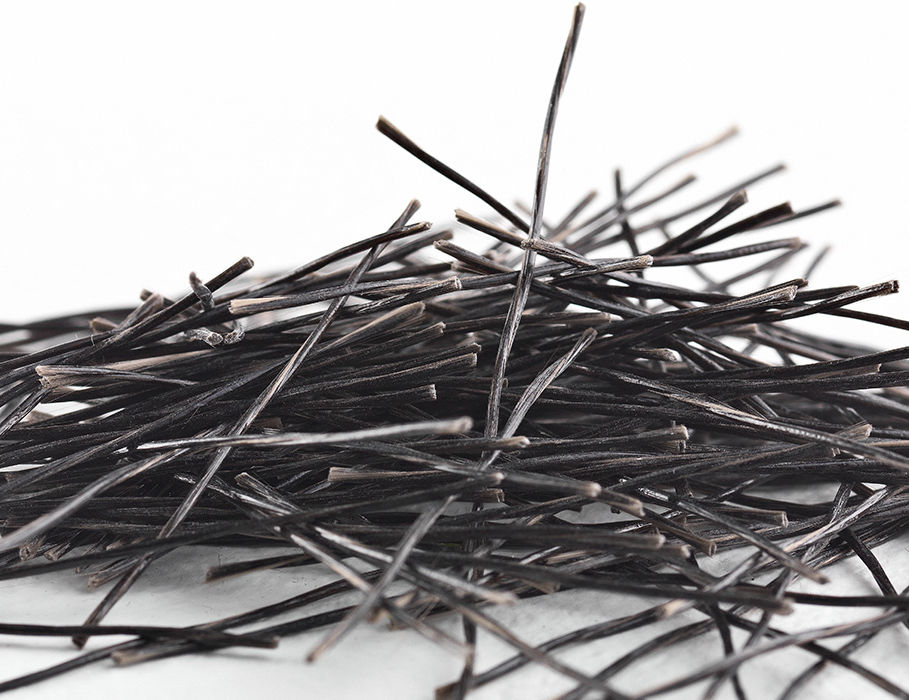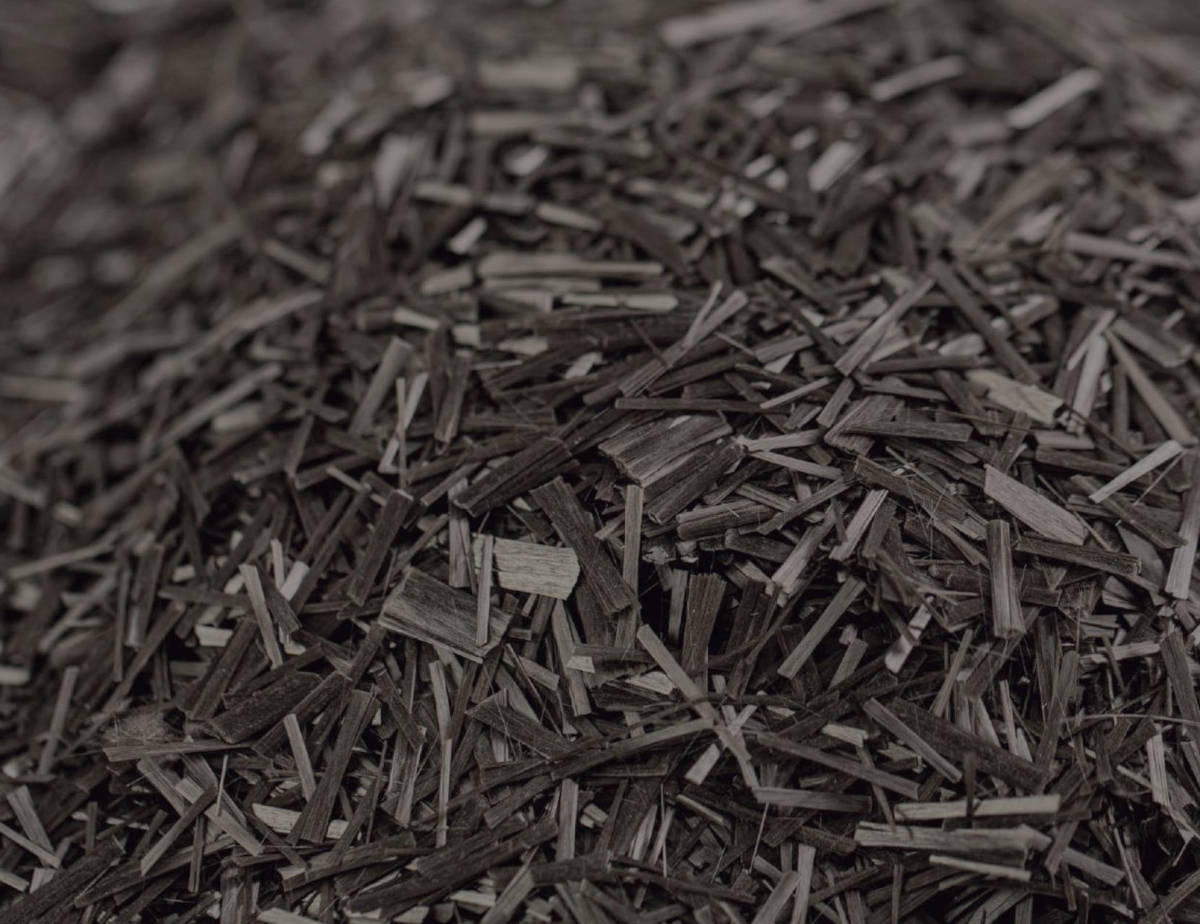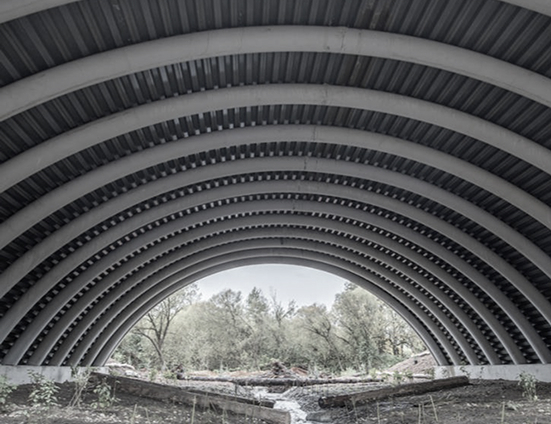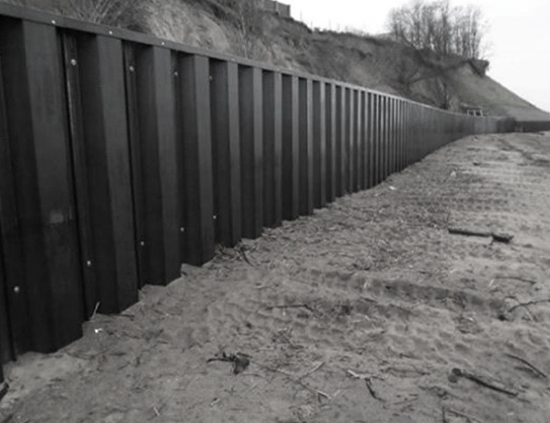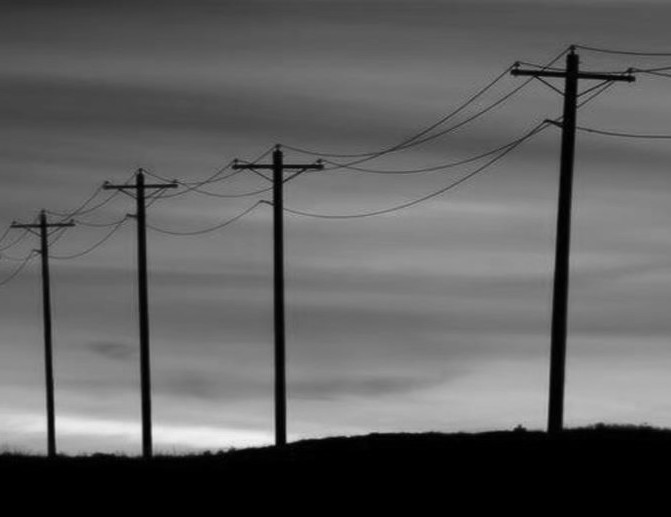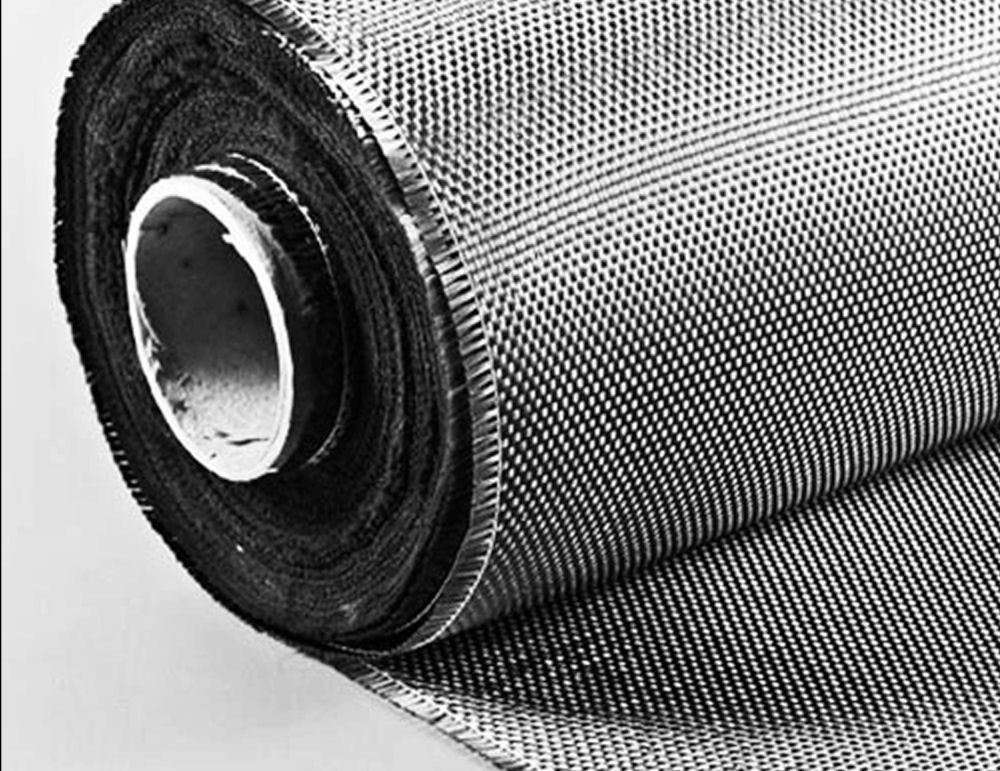
Basalt FRP Rebar
Basalt fiber reinforced polymer rebar (BFRP) is made from basalt roving
4-6× lighter than steel
30% improvement to concrete EPD
- Begins in the form of strands, which are laid parallel to one another
- The basalt strands are then fused with resin
- Strands spiral around the shaft, providing better adhesion to concrete
- Available in an outer diameter of 4 to 24 mm
- Numerous lengths and packaging options
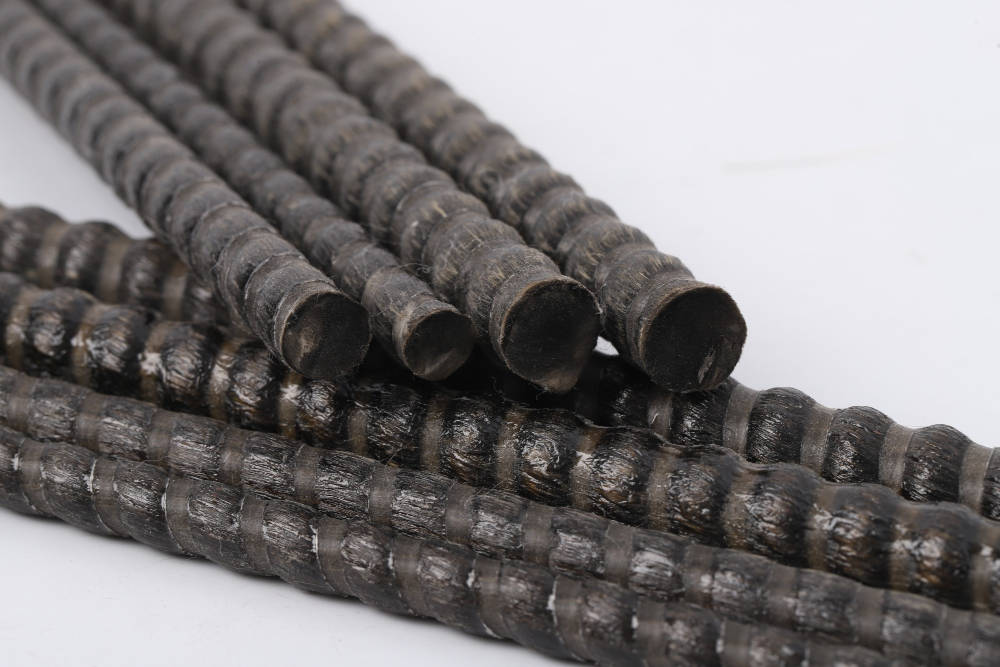
Common Applications
Basalt rebar can be used in a variety of building and product applications

Road Construction

Railroad Construction

Residential Construction

Commercial and Industrial Construction

Concrete Products, like Jersey Barriers
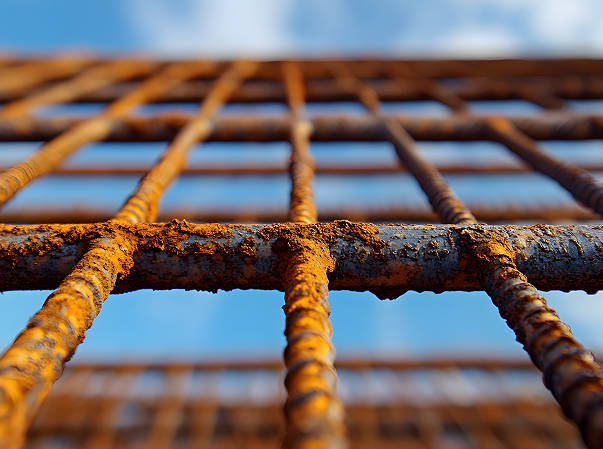
Industry Challenges
Traditional steel rebar presents several critical limitations
- Heavy to transport, crane and install
- Relatively heavy material weighs down structures
- Steel rusts, causing corrosion within concrete
- Steel conducts electricity and does not insulate
- Steel rebar has a life of only 30 to 50 years
- Does not benefit Environmental Product, Declarations (EPD)
Material Advantages
BFRP is a breakthrough alternative to steel rebar
- 4-6x lighter than steel with the same strength
- Corrosion resistant - will not rust
- Non-ferrous; insulates and won’t carry current
- 100+ years service life
- Improves concrete EPD by 30%
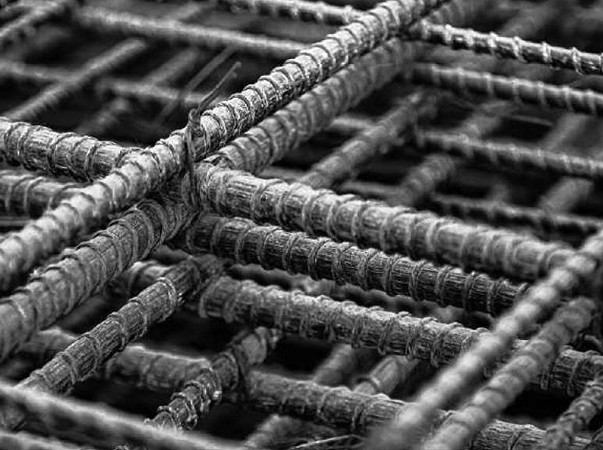
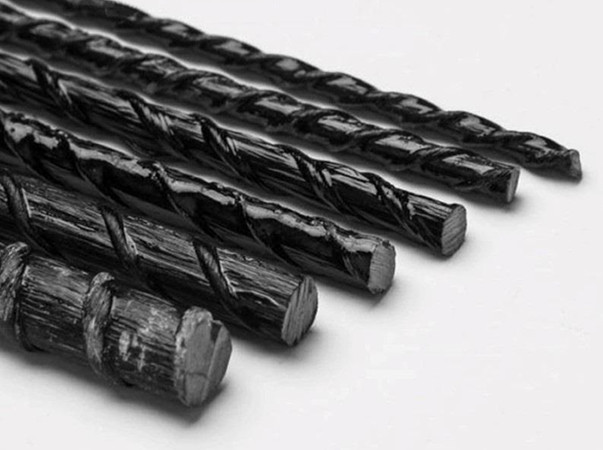
Business Benefits
Not only is BFRP stronger and lighter, it saves you money in multiple ways
- 40% less expensive than the steel equivalent
- 4x transportation cost savings
- 3-4x faster installation, saving labor costs
- Dramatically lower lifetime cost of ownership
- Natural material appeals to projects seeking sustainability
Key Specifications
Comparative Properties of BFRP and Steel Rebar
| Properties | Basalt Rebar | Steel Rebar |
|---|---|---|
| Density | 2 T/m3 | 7.5 T/m3 |
| Corrosion | Corrosion-resistant Material of the first group of chemical resistance | It breaks down with the release of corrosion products |
| Thermal Conductivity | oW/m2˚C | 48W/m2˚C |
| Tensile Strength | 1200 MPa | 390 MPa |
| Working Temperature | from -70 to +100˚C | from -70 to +50˚C |
| Electrical Properties | Dielectric | Electrically Conductive |
| Ecological Safety | Environmentally friendly - does not emit harmful and toxic substances | Fails and is difficult to extract and recycle |
| Shape Retention Under Load | Straight line with elastic linear dependence under load before failure | Curved line with yield plate under load |
| Transportation | Coils of size D =1.15m | Rods 6-12 m long |
| Saving Resources in Use | Stable prices; Savings in transportation due to weight reduction; No welding machine used | No price stability; Expensive to transport and handle; Needs a welding machine as well as fire safety office when cutting |
| Durability | Predicted durability of at least 80 years | Based on building codes |
Order Sizes, Weights, and Lengths for Basalt FRP Rebar
| No. | Outer Diameter (mm) | Weight for 1 running meter (g) | Qty of running meters in MT | Package |
|---|---|---|---|---|
| 1 | 4 | 30 | 33,333 | Coil of 200 rm |
| 2 | 6 | 50 | 20,000 | Coil of 200 rm |
| 3 | 7 | 75 | 13,333 | Coil of 200 rm |
| 4 | 8 | 90 | 11,111 | Coil of 200 rm |
| 5 | 10 | 125 | 8,000 | Coil of 200 rm |
| 6 | 12 | 195 | 5,128 | Whips norm 11.7m |
| 7 | 14 | 270 | 3,704 | Whips norm 11.7m |
| 8 | 16 | 350 | 2,857 | Whips norm 11.7m |
| 9 | 18 | 450 | 2,222 | Whips norm 11.7m |
| 10 | 20 | 630 | 1,587 | Whips norm 11.7m |
| 11 | 22 | 630 | 1,587 | Whips norm 11.7m |
| 12 | 24 | 760 | 1,316 | Whips norm 11.7m |
Contact an Expert
Please contact us if you have any questions about our products. One of our experts will get back to you as soon as possible.
Contact Us NowStart a Quote
To begin the purchase process, click below and answer a few preliminary questions. We'll get back to you with more information as soon as possible.
Start Quote
